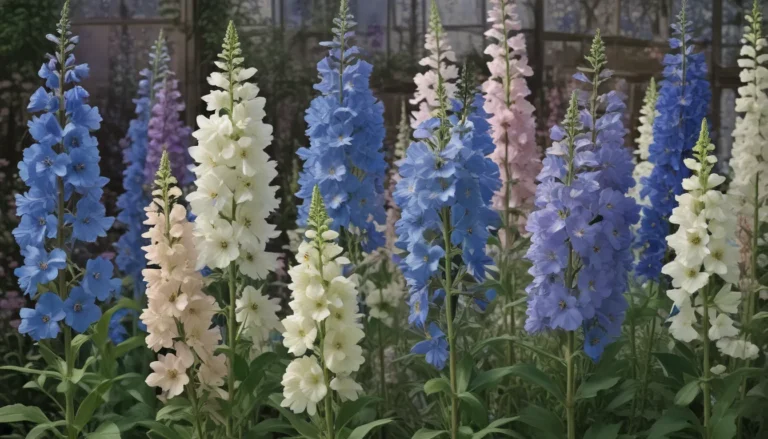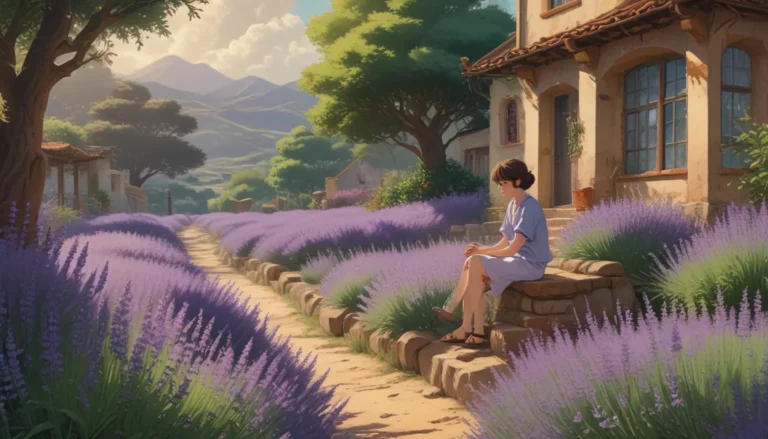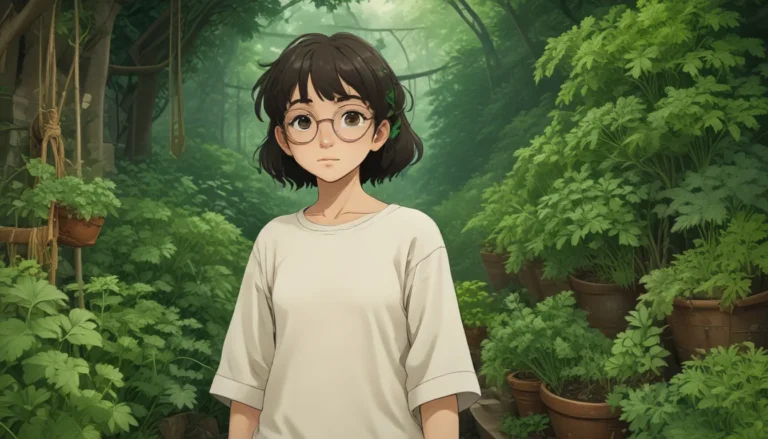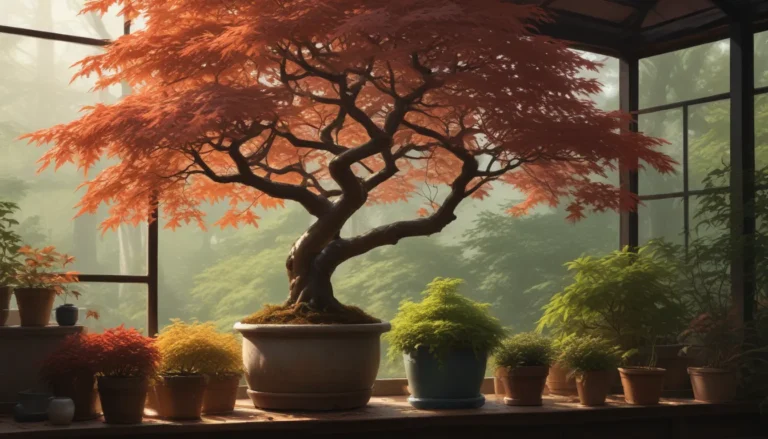Restoring Habitat with Charlotte Adelman and Bernard Schwartz’s Midwestern Native Shrubs and Trees

Are you a gardening enthusiast looking to make a positive impact on the environment? If so, I have an exciting new read that will inspire you to transform your garden into a haven for native wildlife. Let me introduce you to “Midwestern Native Shrubs and Trees: Gardening Alternatives to Nonnative Species” by Charlotte Adelman and Bernard L. Schwartz.
An Almanac of Alternatives
Charlotte’s book is a treasure trove of knowledge that will guide you in substituting nonnative plants with native woody species in your garden. The comprehensive guide covers a range of states in the Midwest region and beyond, offering insights into creating biodiverse ecosystems that support bees, birds, and butterflies.
Meticulously researched and annotated, this book is a must-have for anyone passionate about conservation and restoring habitats through the power of native plantings. With contributions from renowned experts and a focus on biodiversity and ornithology, it’s a valuable resource for gardeners seeking to make a difference.
Partners on the Prairie
As I delved into the pages of this scholarly publication, I was struck by the wealth of information and detailed descriptions that awaited me. Charlotte and Bernard, a dynamic couple dedicated to conservation efforts, share their expertise and passion for native flora in this comprehensive guide.
Their journey from attorneys to conservationists is an inspiring testament to the impact individuals can have on the environment. By preserving native species and creating wildlife-friendly habitats, they have set an example for others to follow in their footsteps.
A Seasonal and Systematic Approach
The book is structured in a user-friendly manner, with chapters divided by season to help you navigate through the wealth of information it offers. From identifying nonnative species to choosing native alternatives, the color-coded system makes it easy to make informed decisions that benefit the environment.
By showcasing the beauty and diversity of native plants, the authors highlight the importance of planting locally adapted species that support wildlife and create thriving ecosystems. From shrubs to vines and ground covers, the book covers a wide range of woody plants that are essential for sustaining native pollinators and other wildlife.
Abundant Resources
In addition to the detailed plant listings and descriptions, the book also includes a glossary of terms, a bibliography, and a list of resources for further research. The extensive references cited throughout the text provide valuable insights into the science behind native plant conservation and the benefits it offers to the environment.
By choosing native species over nonnatives, you can play a significant role in preserving fragile ecosystems and supporting the wildlife that depends on them. From attracting bees and birds to creating wildlife corridors, every plant you add to your garden contributes to the larger goal of restoring vital habitat for native species.
Gardener to Gardener
Charlotte’s passion for native plants and their role in supporting local wildlife is a testament to the power of individual actions in creating positive change. By planting even one native tree or shrub, you can make a difference and contribute to the preservation of essential wildlife habitats.
Her insights into the co-evolution of native plants and animals highlight the intricate relationships that exist in nature and the importance of maintaining these connections. By choosing native species that support the entire life cycle of pollinators like bees and butterflies, you can create a garden that is not only beautiful but also ecologically beneficial.
One Plant at a Time
As you embark on your journey to transform your garden into a haven for native wildlife, consider the impact of your choices on the environment. By planting native trees and shrubs, you can create stepping stones that connect habitat islands and form essential wildlife corridors.
Take a moment to reflect on your gardening practices and consider the benefits of choosing native species over nonnatives. By following the guidance in “Midwestern Native Shrubs and Trees,” you can make a positive impact on the environment and create a garden that supports biodiversity and sustainability.
In conclusion, I highly recommend “Midwestern Native Shrubs and Trees” to all gardeners looking to enhance their gardens with native plants. By incorporating these valuable insights into your gardening practices, you can create a vibrant and thriving ecosystem that benefits both wildlife and the environment.
Remember, every plant you choose has the power to make a difference. Will you join the movement to preserve fragile ecosystems and support native wildlife in your garden? Share your thoughts and experiences in the comments section below. Happy reading and happy gardening!
For more gardening book reviews and insights into native plant conservation, stay tuned for upcoming articles and recommendations. Let’s work together to create a greener and healthier world for all.





